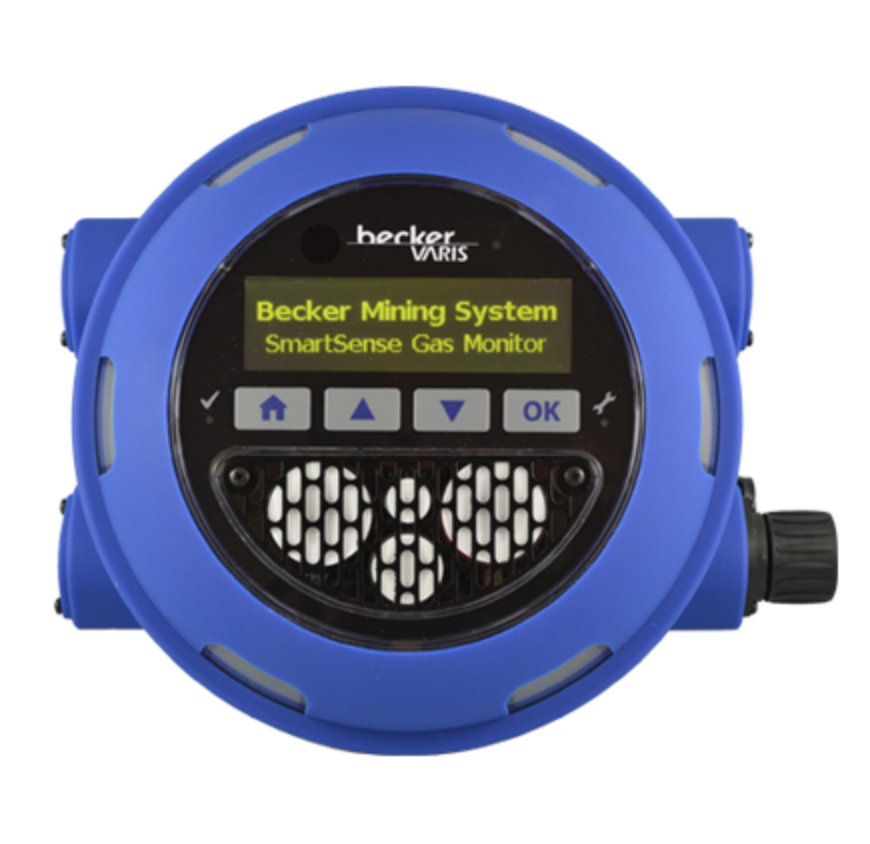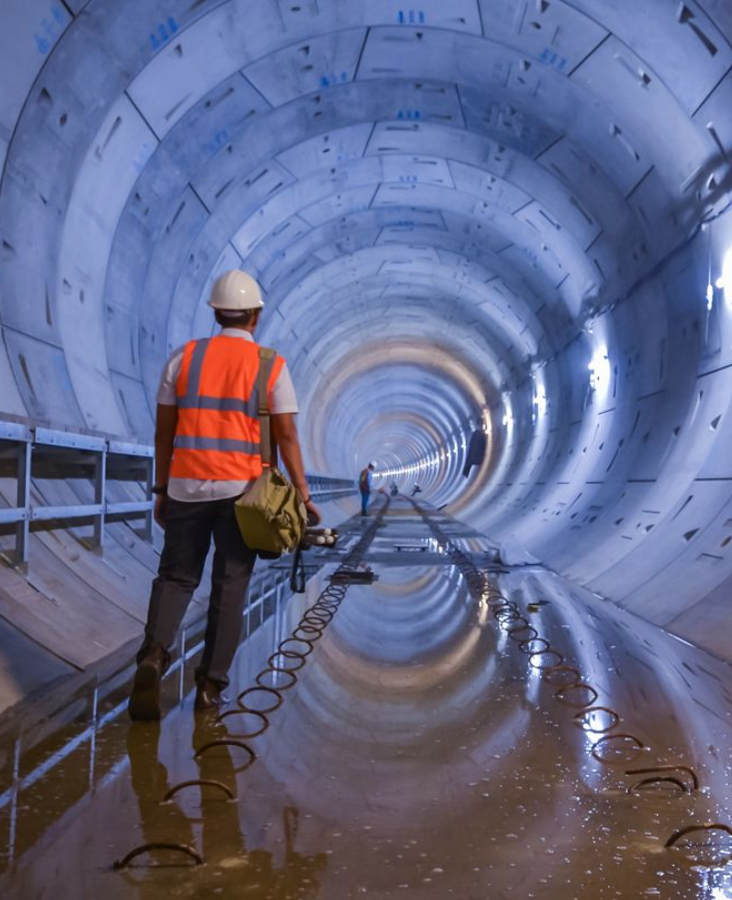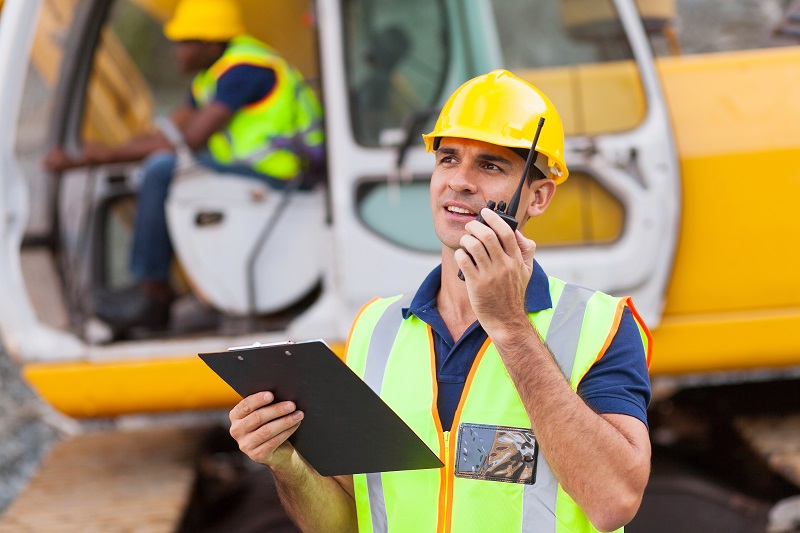Whenever we change something, there could be positive or negative effects associated with such an action. However, when you make changes to improve business processes or increase productivity, then these can have drastic effects on your organization’s overall performance. In this article, we will talk about the benefits of a VHF Leaky Feeder System.
One of the key areas of investment in any mining operation is the feeder systems. These are the systems that feed minerals into the mining equipment and can also be used for storing minerals and treating them before they are loaded into trucks for delivery to customers. Feeder systems can also help ensure that minerals found in a mine are properly treated. This is a crucial element to consider as it could impact production results.
Feeder systems are an important investment for any mining operation. The type of feeder system used can directly impact the overall performance of a mining operation. This is because of these systems’ innovative design and features, which means they have advanced control mechanisms that help increase productivity and efficiency.
As you would expect, with any investment in the mining industry, finding and implementing an effective feeder system requires extensive research. This is because the feeder system needs to be able to provide proper connectivity between the conveyor belt system, mineral storage, and recovery systems, and any other equipment used at the mine. To ensure that all of these systems are connected effectively, it is important to have a feeder system that uses a lightweight, highly durable, and efficient system.
There are many different types of systems available on the market today, but one of these that has become increasingly popular in recent years is a VHF leaky feeder system. This system has several advantages that make them an ideal choice for mining operations.
One of the main advantages associated with using a VHF leaky feeder system in any mining operation is that it prevents any signal leakage. This means that the signal from a high-frequency transmitter will only travel through the system and not around it or outside of it. To understand why this is important, you need to know how a VHF leaky feeder operates within a mining operation.
The VHF leaky feeder system is used to transmit the signal from a high-frequency transmitter located in the control room. The system will then transmit this signal to either a relay or breaker panel at the other end of the system. The signal is then switched on or off based on how far it has traveled and where it is going. The length of this system can be very long, but it will still never travel out of the area in which it was installed.
VHF leaky feeder systems also come with advanced features that make them an excellent choice for several different industries, and the mining industry is no exception. For example, they have been widely used in past years to provide extremely efficient transmission within the oil sector. As well as being able to transmit signals over long distances, this type of system is also capable of carrying a large amount of data in a short period of time.
In addition to this, the VHF leaky feeder system has several other advantages associated with its use. It is very easy to install, for starters, since it does not need to be buried in the ground. This means that you can easily install a comprehensive system in a short period of time without having to dig deep trenches around the area where the system is being installed.
You must find and implement an effective feeder system in your organization before you expect production to increase. This will help improve productivity and efficiency within your organization and ensure that the production targets you have set are met. If you are interested in learning more about the benefits of a VHF Leaky Feeder System contact us today!



